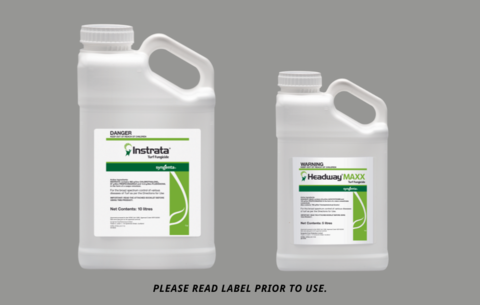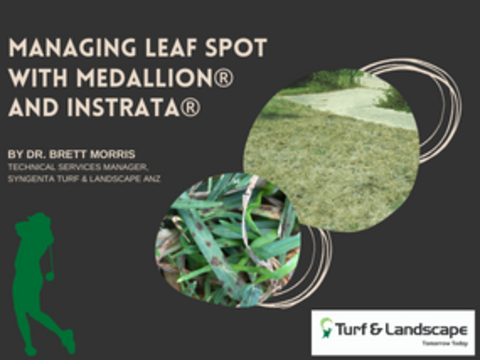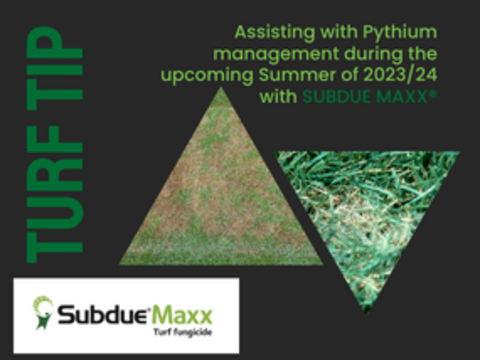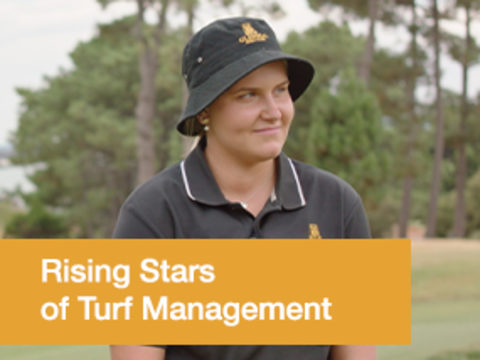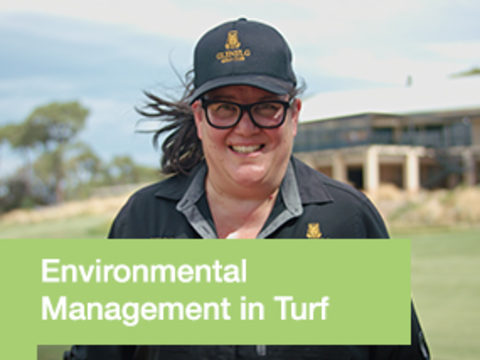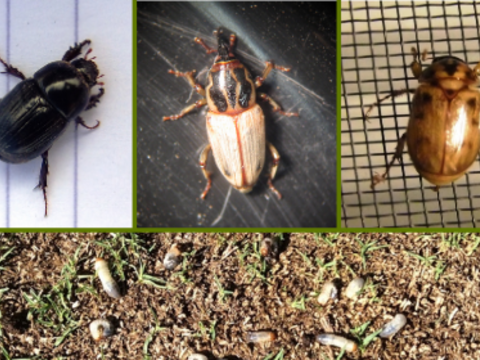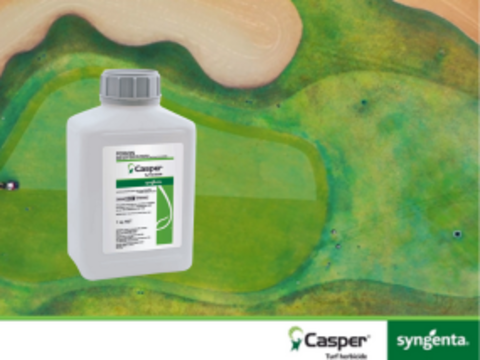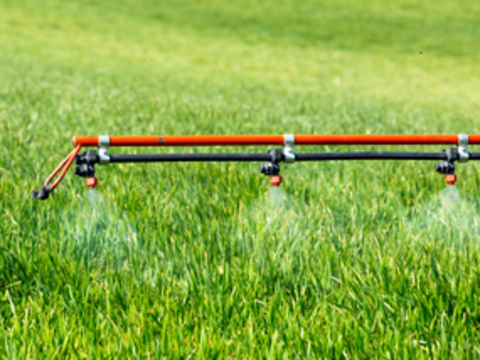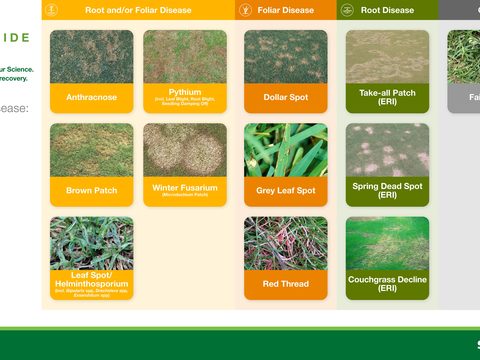Microdochium Patch in Sportsturf
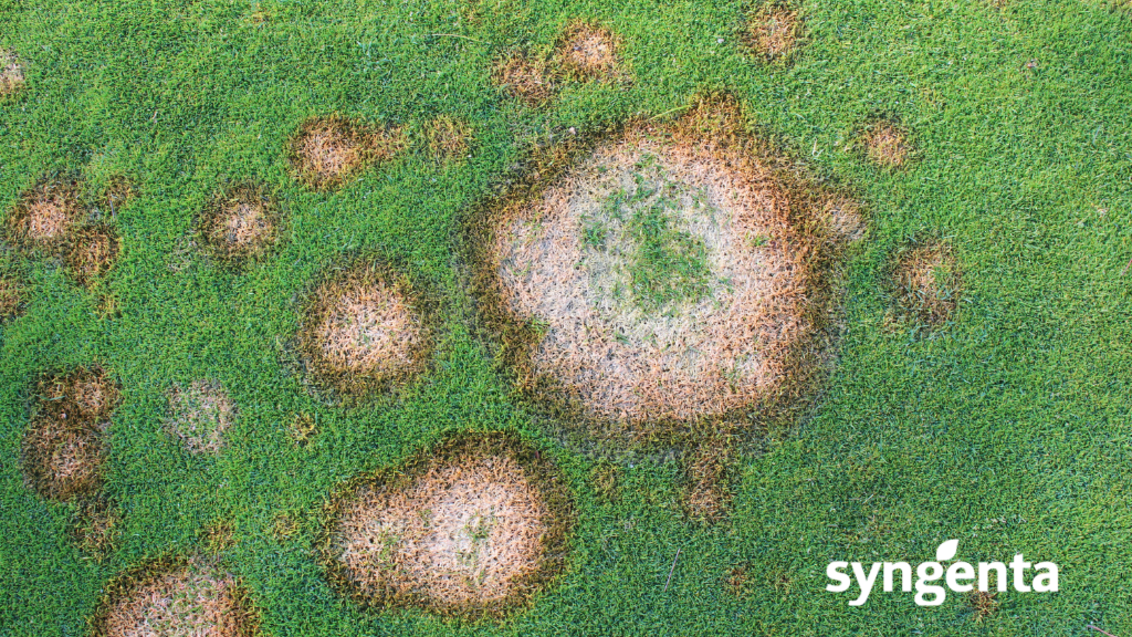
The casual agent, Microdochium nivale, formerly Fusarium nivale, is a single fungal pathogen responsible for two phases of disease known as Pink Snow Mold and Microdochium Patch (or Winter Fusarium). Pink Snow Mold forms under snow cover whilst Microdochium Patch will occur in cool and wet conditions in the absence of snow. In some regions, Microdochium Patch can occur all year round and on a number of turf types where it starts in small circular patches of less than 5 cm in diameter. The initial patches will appear as small water-soaked spots and can appear as streaks, which change rapidly from an orange brown to dark brown to finally a light grey colour. The spots can then enlarge to a larger patch of up to 20 cm in diameter.
The pathogen can survive as dormant mycelium in leaf and thatch over summer, and when temperatures fall, the active spores (conidia), can be transferred by mowers and end users of the facility. This gives rise to the streaking or smearing observed when turf is infected. It is important that as temperatures fall, mowing continues as long as the turf is growing, as it reduces the risk of leaves matting in longer cut stands during winter, which creates a favourable environment for the pathogen to thrive. Spring allows for an opportunity to reduce thatch levels if present, as the pathogen can be severe in turf that has high thatch levels in cold wet weather. As with any winter hardening programme of turf with nutrients, monitor N usage and ensure K levels are optimum in autumn.
Microdochium Patch will start to be observed in mid to late autumn, dependent on location and current weather conditions. These are typically periods of cool wet weather which result in extended surface leaf moisture. Temperature ranges for growth of the pathogen are between 0 – 16°C, so it is important to keep a watch of the weather patterns and maintain good data. Recently, Syngenta have introduced a range of digital tools to assist you in making informed decisions based on data. When looking at 2 years of historical weather data for various locations in both the South and North Islands of New Zealand, it provides a guide as to when you can expect to see emergence of the pathogen and allow you appropriate time for control if present.
For example, in the graph below Christchurch saw temperatures fall below 16°C in the late April/early May period in both 2020 and 2021. However, the higher rainfall in May 2021 (145 mm) against May 2020 (28 mm) would have seen a higher incidence of pressure from Microdochium Patch in 2021.
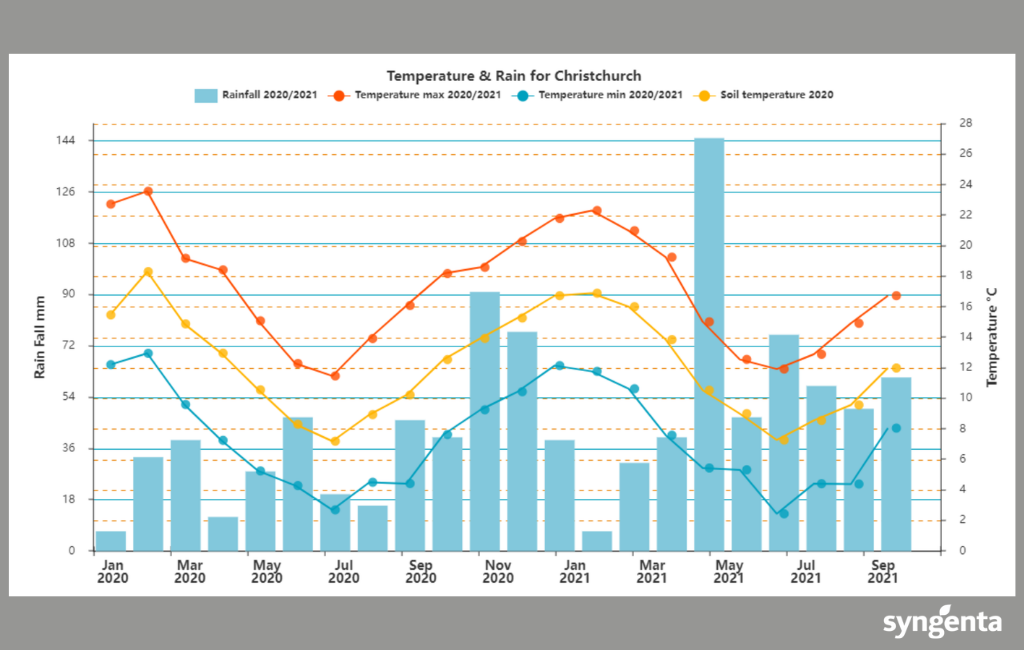
The trend continues for most of the southern portion of the North Island, with temperatures falling below 16°C with similar late April/early May timeframes. Some variations will always exist based on location, but the Turf Tools available for free on our Syngenta Turf website is a strong starting point to assist you in timing any pesticide, fertility or cultural works.
Should Microdochium Patch become evident, then Syngenta have options at hand for control.
INSTRATA® Turf Fungicide is an ideal choice for curative control of Microdochium Patch. INSTRATA® Fungicide features a triple mode of action, with 2 contacts (chlorothalonil and fludioxonil) combining with a systemic (propiconazole) to control conidia on the surface along with penetration of the leaf to provide protection of the leaf constituents. The triple mode of action is ideal when using as a resistance management tool and INSTRATA® is regularly rated as one of the strongest fungicides for Microdochium Patch at 28-day intervals at 18 L/ha.
Another alternative for an initial preventative approach once temperatures start to fall below 16°C is HEADWAY® Maxx Turf Fungicide. Both actives (azoxystrobin and propiconazole) are systemic in nature and will enter the plant and move upwards, providing protection from inside. The combination grouping of the two different actives is also an ideal resistance management tool and is used in 28-day intervals at 9 L/ha.
Since Microdochium Patch affects the leaves, good coverage of fungicides is essential. When applying either INSTRATA® or HEADWAY® Maxx, water volume for both need to be between 300 – 500 L/ha. Nozzle selection should be either Syngenta XC025 (purple) or Syngenta XC04 (red) dependent on ground speed. As always, you will get the best from both fungicides when using a well-calibrated sprayer. There are also calibration calculations on the Syngenta website if any assistance is required. Another key feature on the Syngenta website is the spray window calculator which is in the Weather Forecast section. Enter in your location and scroll to the bottom and select Ground Spraying. This will provide you with recommendations over the upcoming week on the best day to spray based on the weather forecast for your individual location.
For any more information on INSTRATA® Fungicide, HEADWAY® Maxx Fungicide or our Digital Tools please dive further into our website, or contact your local Syngenta representative.

